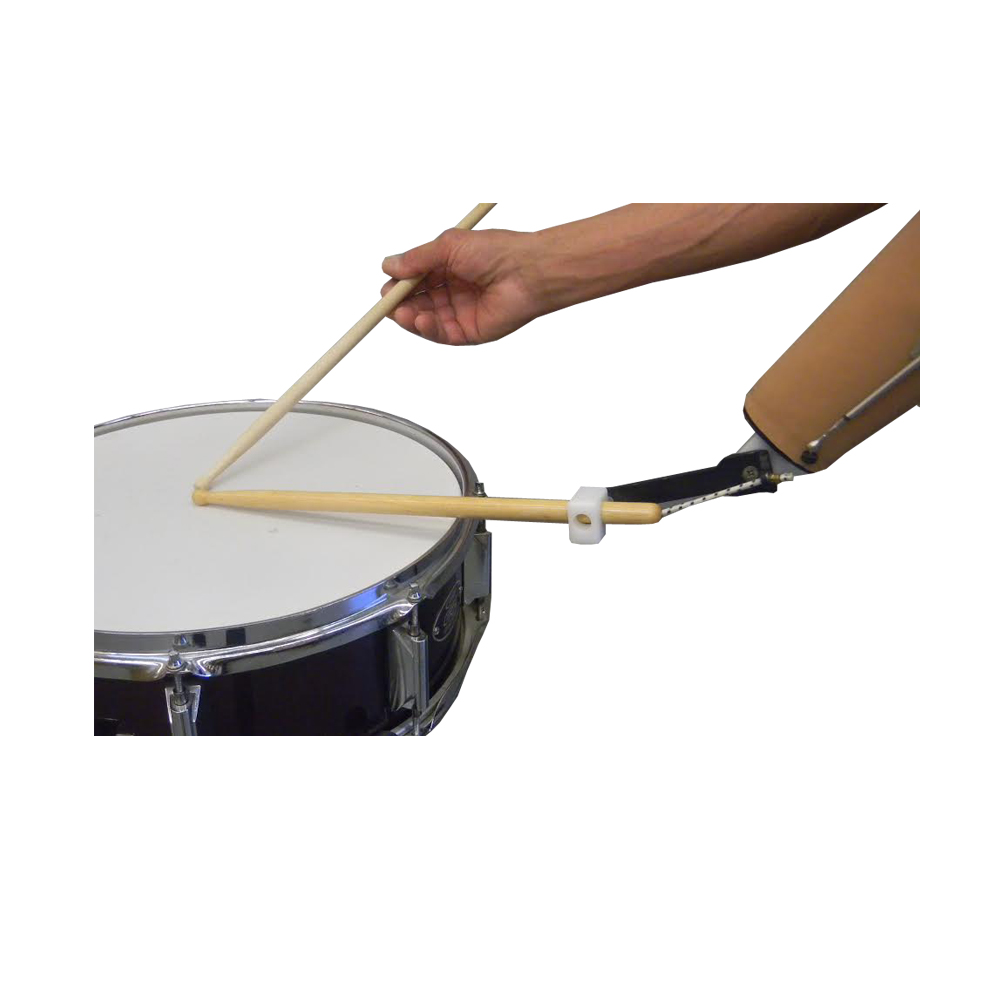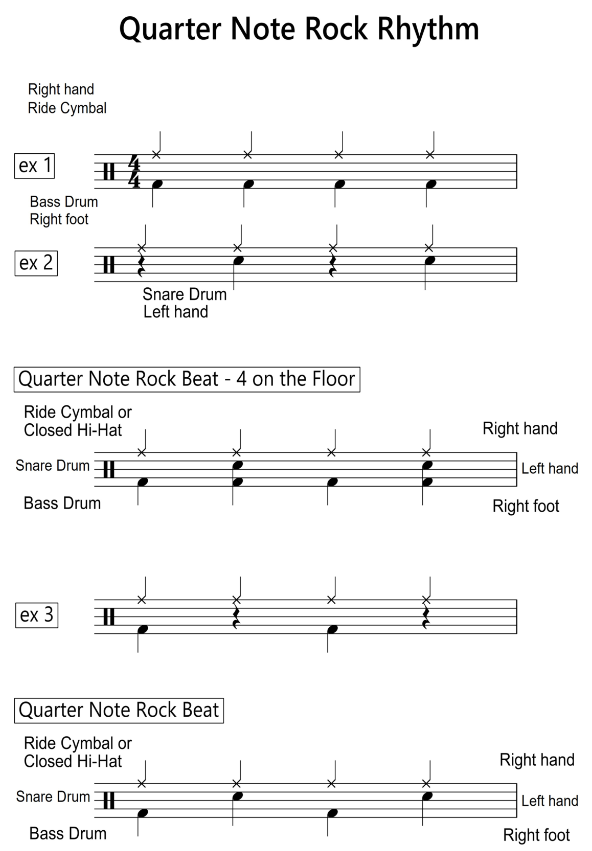

You are moving your sticks with your wrist – so you’re bound to use plenty of power while hitting the drums.įor you to successfully follow the German grip you have to ensure the sticks at a 90-degree angle to each other. French gripįor the French grip, the letter ‘F’ also stands for finesse and fingers this is where you combine both of them to create this type of stick grip! Your palms are also going to have to face the ground while your wrists and forearms are going to fuel all the power.

Unlike the german grip where you’re facing both palms downwards the trick here is to have them face each other directly – in other words, parallel to each other.

Let’s put it this way – what if you manage to master both the German and French grip? Yes, that makes you an excellent drum player – but that’s not the answer we’re going for! Zero use of arms, or even your wrists – this style is perfect for those who prioritise finesse over power. He may have been able to utilize the Push Pull Technique with his current technique, but from my observations, he was hindered by it.If you’re exceptionally good at both stick grip styles – you can give the American grip a go it’s where the German and French grip merge together as one. This prevented the motion necessary to let the stick bounce up to be caught and pushed down by the fingers. I have observed a drummer proficient in many rudiments and drum beats not be able to apply the Push Pull Technique because they held their sticks near the first joint (near the fingernail) of their pointer finger. When I did get both of my hands up to speed, I found that I could play doubles on toms with ease, which can be a unique addition to any drummers playing as the lack of rebound on toms prevents many drummers from doing this cleanly. I had to practice the Push Pull Technique in my left hand for up to a year to play eighth notes around 200 BPM (I was already playing drums for 6 years at this point), which came from spending a lot of time trying to play consistent notes and incorporating it into my playing. However, rebound does help when playing double stroke rolls as you learn to use little to no rebound. The Push Pull Technique make these two notes easy to play as each note does not require much rebound until more notes are played consecutively. Rebound is much less important in this application because you need it to strike the drum using your wrist, then fingers for two notes before the other hand plays. It may be difficult to play on surfaces without much rebound while using the Push Pull Technique, but with enough practice, less rebound will be needed.Īnother application of this technique is to play double stroke rolls with more control over dynamics, at slower and faster tempos needing little to no rebound. However, I almost always use the Push Pull Technique to play one-handed eighth notes from around 210 BPM and up.

I find that it makes sense to use the Push Pull Technique at greater tempos until I am warmed up enough to play those tempos with normal technique. In general, This technique is used at greater tempos like 160 BPM and up. One application is to play straight consistent notes with less fatigue. This technique may take a few months to a year of practicing to be effective, but can be applied on many occasions.


 0 kommentar(er)
0 kommentar(er)
